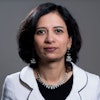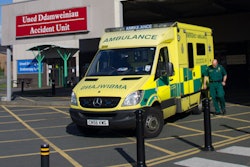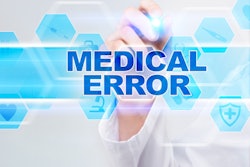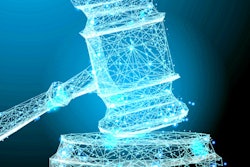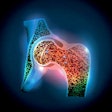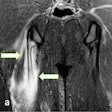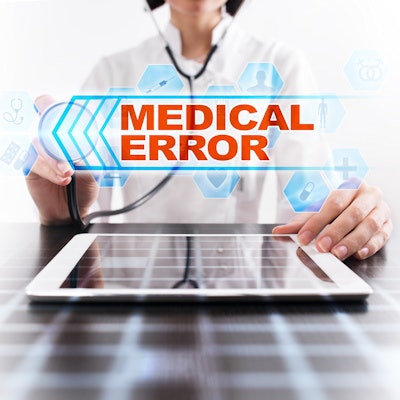
Reporting speed appears to play less of a role in causing radiological errors than other human and technical factors, according to a new two-year study from a London teaching hospital. The findings were presented to RCR Digital 2020, the U.K. Royal College of Radiologists' (RCR) online learning program that runs from 21 September to 9 October.
Errors or discrepancies in radiology occur due to several factors, yet there is very little evidence in the literature about the relationship between reporting speed and error. No retrospective study has been published on this topic, explained Dr. Stefan Lazic, a radiologist at St. George's University Hospitals National Health Service (NHS) Foundation Trust.
Selection criteria for cases
He conducted a retrospective analysis of whether any significant difference exists in the time taken to report scans with discrepancies compared with control scans (with no discrepancies). He evaluated all cases that were discussed at departmental discrepancy meetings in the hospital's trauma facility between December 2016 and December 2018.
Only discrepancies where pathology was not commented on in the report -- and therefore were presumed to have not been identified -- were included in the study. Lazic used the radiology information system to obtain the time it took to report the discrepancy scan, i.e., from the time the reporter first opened the study until he or she authorized the report.
"A control time for each discrepancy was obtained by randomly selecting a scan reported by the same author of the discrepancy prior to the date on which the discrepancy scan was reported," he commented. "The random control scan was matched to the discrepancy scan's modality, body part area scanned, clinical indication (cancer surveillance, trauma, renal colic, etc.) and the time of day the discrepancy was originally reported at, plus or minus one hour."
This was done to eliminate interreporter speed variation; e.g., two different people may on average report a CT head scan at different speeds.
Random selection of the control scan, from a different date each time, minimized the potential influence of other variables, such as a busy stressful day. Lazic scrutinized the control scans to ensure they contained no discrepancy. The time difference was compared using a two-tailed independent t-test. A p-value of 0.05 was considered statistically significant, and Cohen's ''d" was used to calculate the effect size.
Breakdown of errors
A total of 27 CT and 30 x-ray discrepancies were identified. There were no MRI discrepancies. The majority of CT discrepancies were reported by consultants (21/27), with the rest reported by trainees. The 30 x-ray discrepancies had 13 different reporters: eight consultants, three radiographers, and two trainees (see table below).
| A comparison of the mean reporting times (standard deviation in brackets) | ||||
| Discrepancy reporting time (mins) | Control reporting time (mins) | p-value | Effect size | |
| CT exams (n = 27) | 25.8 (± 16.9) | 25.0 (± 15.3) | 0.867 | 0.05 |
| X-ray exams (n = 30) | 1.2 (± 2.3) | 1.0 (± 1.3) | 0.556 | 0.11 |
"There does not appear to be a significant difference in the time taken to report scans with discrepancies compared with control scans," Lazic reported. "The effect sizes were limited by the small samples; however, the samples in this study are still larger than anything previously published."
One of the main strengths of this retrospective study was the elimination of observer bias, which could have featured in previously published prospective studies, he stated.
An important limitation was the influence of other variables on reporting, such as the number of interruptions, the use of templates or checklists, etc. The randomized selection of controlled scans would have partially helped minimize the influence of some of these other variables. Also, there could also have been scans with discrepancies that were not referred for discussion at a discrepancy meeting and therefore would not have been included in this study.
More research with larger sample sizes is now needed to better understand the influence of factors causing errors, noted Lazic, who acknowledged the support of his consultant radiologist colleague Dr. Artur Wojciechowski, PhD, for providing access to the discrepancy lists.

